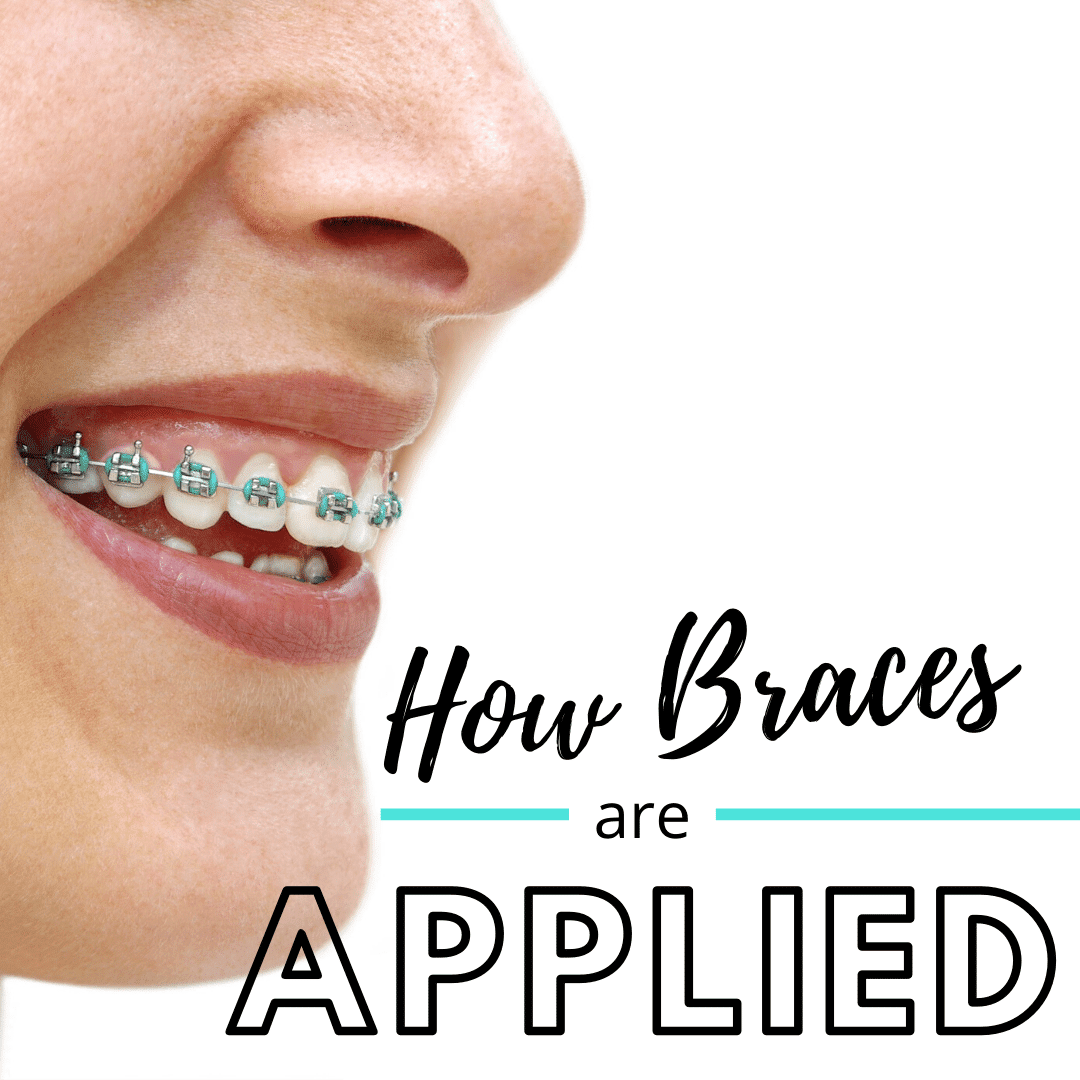Top Guidelines Of All Star Family Orthodontics
Top Guidelines Of All Star Family Orthodontics
Blog Article
The 8-Minute Rule for All Star Family Orthodontics
Table of ContentsNot known Facts About All Star Family OrthodonticsAll About All Star Family OrthodonticsGetting The All Star Family Orthodontics To Work4 Simple Techniques For All Star Family OrthodonticsWhat Does All Star Family Orthodontics Do?

In addition, we offer adjustable treatment schedules, flexible repayment alternatives and an enjoyable, delightful experience.
An orthodontist is a dental expert educated to detect, stop, and treat teeth and jaw irregularities - (https://sandbox.zenodo.org/records/138019). They correct existing problems and are trained to recognize issues that might establish in the future. Orthodontists collaborate with individuals of any ages, from youngsters to grownups. Individuals commonly associate a perfect smile with excellent health and wellness.
Malocclusion, or misaligned teeth, can lead to dental issues, including dental cavity, gum condition, and tough or agonizing eating. However not everybody is born with straight teeth. If you have a negative bite or huge areas between your teeth, you might want to consult a dental practitioner specializing in orthodontic treatment.
Some Known Facts About All Star Family Orthodontics.
(Photo Credit History: DigitalVision/Getty Images) Orthodontists use dealt with and removable oral gadgets, like dental braces, retainers, and bands, to change the position of teeth in your mouth. Orthodontic treatment is for oral irregularities, consisting of: Crooked teethBite troubles, like an overbite or an underbiteCrowded teeth or teeth that are too much apartJaw misalignmentThe goal of orthodontic therapy is to enhance your bite.
While you might believe of orthodontists as mainly for children or teenagers who need braces, they can fix oral problems at any age. Orthodontists attend university, oral college, and orthodontic institution.
, but not all dental practitioners are orthodontists. They concentrate on two locations: How to effectively and securely relocate teeth How to effectively lead advancement in the teeth, jaw, and faceOnce an orthodontist has actually finished training, they have the option to come to be board accredited.
The Best Strategy To Use For All Star Family Orthodontics
Misalignment, or malocclusion, is the most common reason individuals see an orthodontist. It is genetic and is the outcome of dimension distinctions in between the upper and lower jaw or between the jaw and teeth. Malocclusion results in tooth overcrowding, a twisted jaw, or uneven bite patterns. Malocclusion is normally treated with: Your orthodontist affixes metal, ceramic, or plastic square bonds to your teeth.
If you have only small malocclusion, you may have the ability to utilize clear braces, called aligners, instead of typical look at this now dental braces. Some individuals need a headgear to help move teeth right into line with pressure from outside the mouth. After dental braces or aligners, you'll require to wear a retainer. A retainer is a custom device that maintains your teeth in location.

You may require to see an orthodontist if you have: Crowding or otherwise enough area for every one of your teethOverbite, when your top teeth come by your base teethUnderbite, when your base teeth are also much forwardSpacing or issues with gapsCrossbite, which is when your upper teeth fit behind your base teeth when your mouth is closedOpen bite or an upright space in between your front bottom and top teethMisplaced midline, when the center of your base and top teeth do not line up Correcting a dental malocclusion can: Make attacking, eating, and talking easierImprove the proportion of our face and your total appearanceEase discomfort from temporomandibular joint disordersSeparate your teeth and make them simpler to clean, helping avoid tooth degeneration or tooth cavities It's usually a dental practitioner that initially notices misaligned teeth throughout a regular test.
The 8-Minute Rule for All Star Family Orthodontics
Throughout your first orthodontic examination, you'll likely have: An oral examPhotos taken of your face and smileDental X-raysPanoramic (360 level) X-rays of your face and headImpressions to create molds of your teethThese examinations will aid your orthodontist understand exactly how to continue with your therapy. An orthodontist is a dental professional who's had training to treat your teeth and jaw.
Orthodontists might execute surgical procedure, exams,X-rays, - invisalignand even more to assist you achieve an extra comfy, healthier smile. An orthodontist is concentrated on your bite, so something like a broken tooth would be dealt with by a dental professional. Orthodontists are dental professionals however not all dentists are orthodontists. Orthodontists are concentrated on your bite, or the way your teeth fit with each other, and the straightness of your teeth.

By carefully assessing these aspects, the orthodontist can pinpoint any type of imbalances, crowding, spacing issues, or jaw inconsistencies. Once a clear image is established, the orthodontist will discuss tailored treatment options.
5 Easy Facts About All Star Family Orthodontics Shown
While braces are one of the most generally acknowledged orthodontic therapy, orthodontists have a diverse toolkit at their disposal. The details approach chosen depends upon the seriousness of the case, the person's age, and private choices. These reliable dental braces make use of a system of brackets bound to the teeth and attached by cords.
Clear aligners, like Invisalign, are a preferred alternative for people seeking a much more very discreet therapy option. These removable trays are custom-made to progressively move the teeth's setting. Headwear might be made use of combined with braces or aligners to use extra targeted forces, specifically for remedying jaw inconsistencies. In instances of narrow jaws, palatal expanders can be used to create space for correct tooth placement.
Report this page